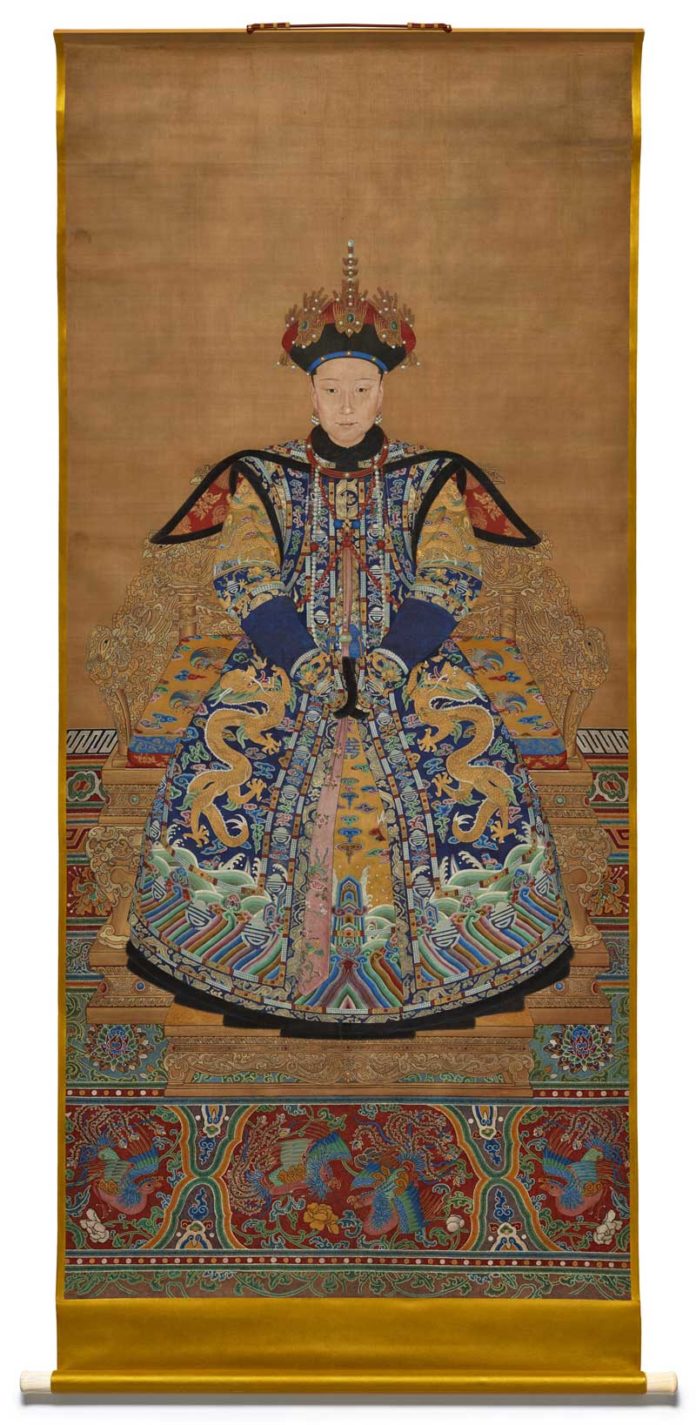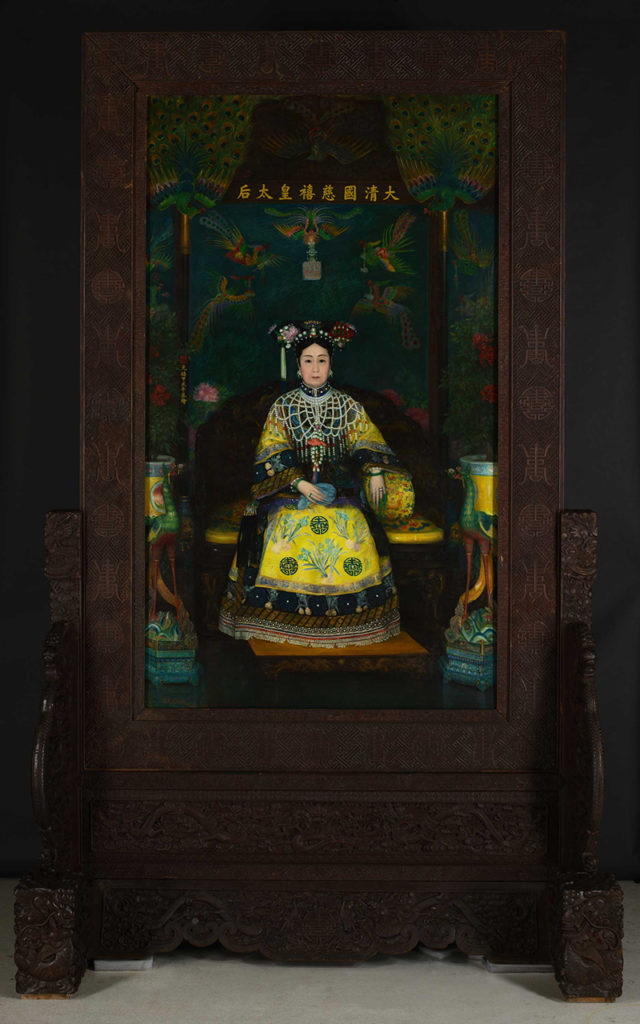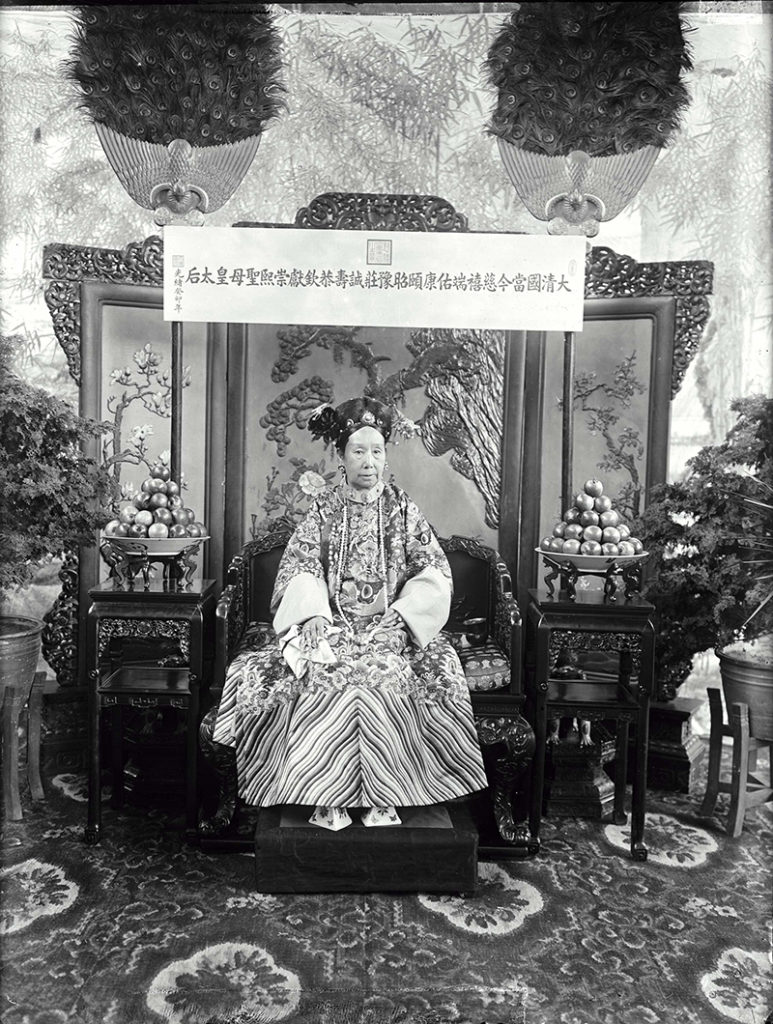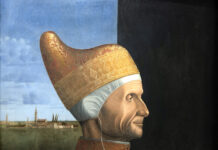
The Peabody Essex Museum debuts “Empresses of China’s Forbidden City,” the first international exhibition to explore the role of empresses in shaping China’s last dynasty––the Qing dynasty, from 1644 to 1912. Nearly 200 spectacular works of art from the Palace Museum, Beijing (known as the Forbidden City), tell the little-known stories of how imperial women lived and engaged with court politics, religion, and art. The exhibition is organized by the Peabody Essex Museum, Salem, Massachusetts; the Smithsonian’s Freer|Sackler gallery, Washington, D.C.; and the Palace Museum, Beijing.

EXHIBITION HIGHLIGHTS
▶ The first major exhibition to examine the active and complex role of imperial women in court life from 1644 to 1912 in China.
▶ Fresh research reveals the stories of Qing dynasty imperial women’s influence in history, as well as spectacular art made for, by, and about these women.
▶ Once-in-a-lifetime opportunity to see rare treasures from the Forbidden City, including works that have never before been publicly displayed anywhere, and many of which have never been on view in the United States.
▶ Focuses on five core themes: imperial wedding, motherhood, lifestyle, religion, and political influence, featuring scenarios such as birthday celebrations, festivals, and the loss of a loved one, including a poem an emperor wrote for his deceased young wife.

▶ A tale of opulence and influence, nearly 200 objects from the Palace Museum include paintings, decorative arts, costumes, jewelry, and Buddhist art.
▶ Stunning and sumptuous objects with stories include a nearly 40-pound gold seal, a 16-foot-tall portrait of an empress dowager given by her to President Theodore Roosevelt, and a 237-pound bejeweled gold shrine to hold the hair of a deceased empress dowager as an act of veneration.
▶ Qing empresses did not practice foot-binding, as illustrated by pairs of beautifully embroidered socks and boots. They traveled widely with emperors, and some rode horseback.
▶ Empresses are brought to life through dynamic design that evoke the women’s presence, and their spaces, inside the Forbidden City.
▶ Engaging in-gallery interactive experiences.
▶ Bilingual (Chinese and English) labels and other in-gallery text for visitors who read Chinese.
On view at the Peabody Essex Museum through February 2019. About 30 new objects will be rotated into the galleries in November 2018, halfway through the run of the exhibition, including magnificent paintings and robes.
Organized by the Peabody Essex Museum, the Smithsonian’s Freer|Sackler, Washington, D.C., and the Palace Museum, Beijing, this exhibition is a major international collaboration to celebrate the 40th anniversary of the establishment of U.S.-China diplomatic relations and the vibrant cultural exchanges between the two countries.
For more information, please visit www.pem.org.
Sign up to receive Fine Art Today, the free weekly e-newsletter from
Fine Art Connoisseur magazine.







